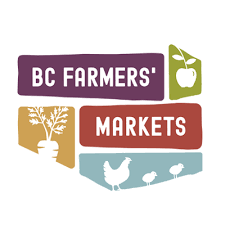Why organic, is a question I get quite often but also one that I find myself asking. The answer isn’t as simple as you might have expected. Choosing organic over conventional means health benefits not only for you but for the environment; including the soil, water, air and other species of both plants and animals.
One of the most useful tools I use when trying to eat clean on a budget is The Environmental Working Group’s Dirty Dozen. A list of the fruits and vegetables with the highest measured pesticide levels, those best to spend the extra on organic. Conversely, there is also the Clean Fifteen; a list of the safest fruits and vegetables to eat conventionally. You can access these lists here.
Aside from the obvious lack of a thick pesticide coating, organics actually happen to have more nutritional value. This difference was best described to me in Micheal Pollen’s The Omnivore’s Dilemma; simply put, pesticides allow plants to be lazy. Meaning they need to produce less of their own natural pest repellent; that’s phytonutrients to you and me. Many of which have been found to have anticancer properties; the well known lycopene in tomatoes for example. So yes, organic is not only better for the environment but better for you too!
Which leads me to this week’s recipe; strawberries have speckled many of the market’s produce stalls these past few weeks. Berries are listed high on the EWG’s Dirty Dozen, so buying them organic is a must. One of the greatest things about farmers markets is that you get to meet the face behind the food and ask them all of your burning questions. Not all the farms have their organic certifications and that’s just fine with me. Getting certified takes lots of time and money, both are better spent growing good local food in my opinion. Ask your farmers about their growing practices; whether they use herbicides, pesticides, synthetic fertilizers, the list goes on and on.
STRAWBERRY CHIA SEED JAM
The PB&J staple gets a healthy twist in this recipe. Skip the gelatin and refined sweeteners and opt instead for fiber, omega-3s and minerals!
INGREDIENTS:
- 2 cups fresh strawberries, hulled
- 1/2 water
- 2 Tbsp your sweetener of choice; I used brown rice syrup
- 1 Tbsp chia seeds
METHOD:
Slice the berries into your desired size, I like whole strawberries in my jams so I left them that way. Plus, it cuts down on your prep time. In a small pot over medium heat combine the strawberries and water.
Simmer the berries until they have reduced down to a thick consistency, about 20 minutes. Add in the sweetener and simmer for 5 more minutes. Stir in chia seeds and transfer to jar. Let cool and then refrigerate over night.
In the morning, the jam should have a thicker consistency as the seeds have absorbed some of the water. They remind me of tapioca pearls.
I used my jam to test this strawberry margarita recipe; aside from being the healthiest looking margarita around, it was delicious!





